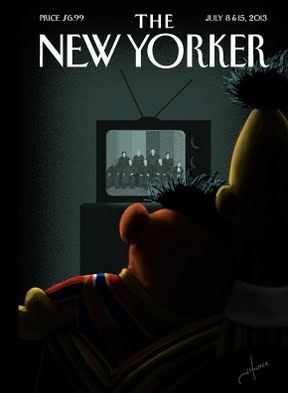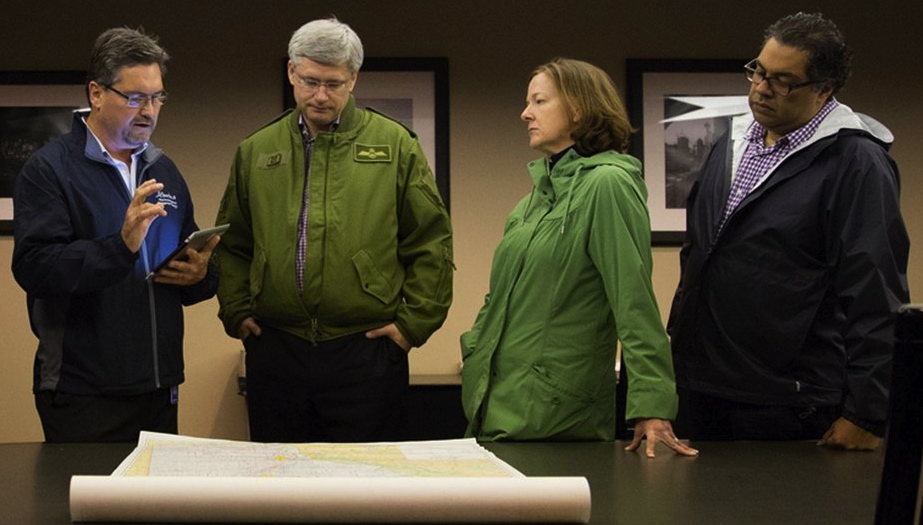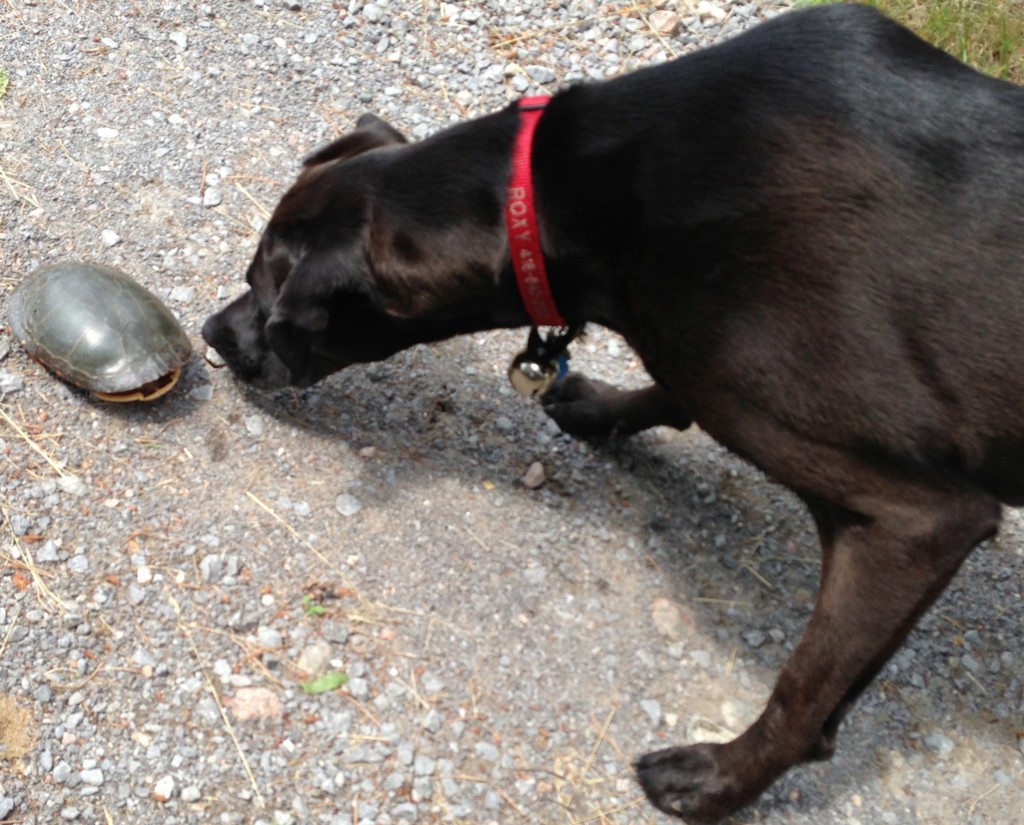In Alberta, no elections are happening next week. People are focused on more important things — like the tragic loss of life attributed to the great flood of 2013, or the extraordinary damage that was caused by it. At times like this, no one wants to hear about politics.
But politics intrudes, just the same. Chances are weighed, assessments get made. Of such terrible events are political careers made and lost.
Prime Minister Stephen Harper, who has represented a Calgary riding as both a Reform Party and Conservative Party MP, is not expected to campaign again until May 2015. Premier Alison Redford, elected with a comfortable majority in April 2012, need not seek the judgment of the people until spring 2016, or later. Only Calgary Mayor Naheed Nenshi is facing voters soon — in October of this year, possibly against arch-conservative talk radio host Dave Rutherford.
On Friday, Harper, Redford and Nenshi met the media not far from the surging Bow River. Harper and Nenshi sported identical shirts, although the Conservative leader also (oddly) wore a military flight jacket. Redford stood between Harper and a gaggle of his caucus colleagues, some of whom — like leadership aspirant Jason Kenney — had actively and energetically conspired to defeat Redford in the last provincial election. If Redford was uncomfortable showing her back to Kenney, she didn’t show it.
Instead, the three looked as politicians so often do when natural disasters strike: uncomfortable and uncertain. Worried about the people they are privileged to represent, to be sure. But also worried, just a little bit, about their own futures, too.
The Calgary Herald, however, was pleased. “Harper, Redford and Nenshi show true leadership in the flood crisis,” its Monday editorial enthused, adding – in a bit of overwrought sentimentality – that their collective leadership “is consoling and also contagious, for the sight of their strength inspires optimism and confidence.”
Really? That may come as news to someone in my former hometown, surveying raw sewage in their basement and contemplating an insurance policy (like many) that will not cover the clean-up. Nor is it likely to “inspire or console” a voter who is wondering, as he or she surveys a darkened and dirty downtown, why governments shelved a comprehensive 2006 report on how to avoid precisely what has happened in the 2013 flood — written after the last big flood, in 2005.
The Herald’s purple prose notwithstanding, the jury is still out. If relief and rebuilding efforts drag on too long — if governments do not do what Albertans expect of them — then there will be hell to pay. Political heads will roll.
Last year’s U.S. presidential election showed what can happen when politicians come together to deliver real and measurable results, post-disaster. The destruction wrought by Hurricane Sandy in October 2012 likely re-elected President Barack Obama — and helped propel New Jersey Gov. Chris Christie into frontrunner status in the race to be the 2016 Republican presidential nominee.
Obama’s opponent Mitt Romney — who had earlier called for the elimination of the Federal Emergency Management Agency — paid a steep price. Conservatives and libertarians, take note: After something like Sandy hits, voters expect government to step up.
In the difficult days and weeks ahead, it remains to be seen who will step up to make Alberta whole again. Convivial press conferences on the banks of the Bow won’t cut it. For starters, Harper, Redford and Nenshi may want to dust off that shelved 2006 flood-mitigation plan.
If nothing else, their political futures may depend on it.
Comments (17)





